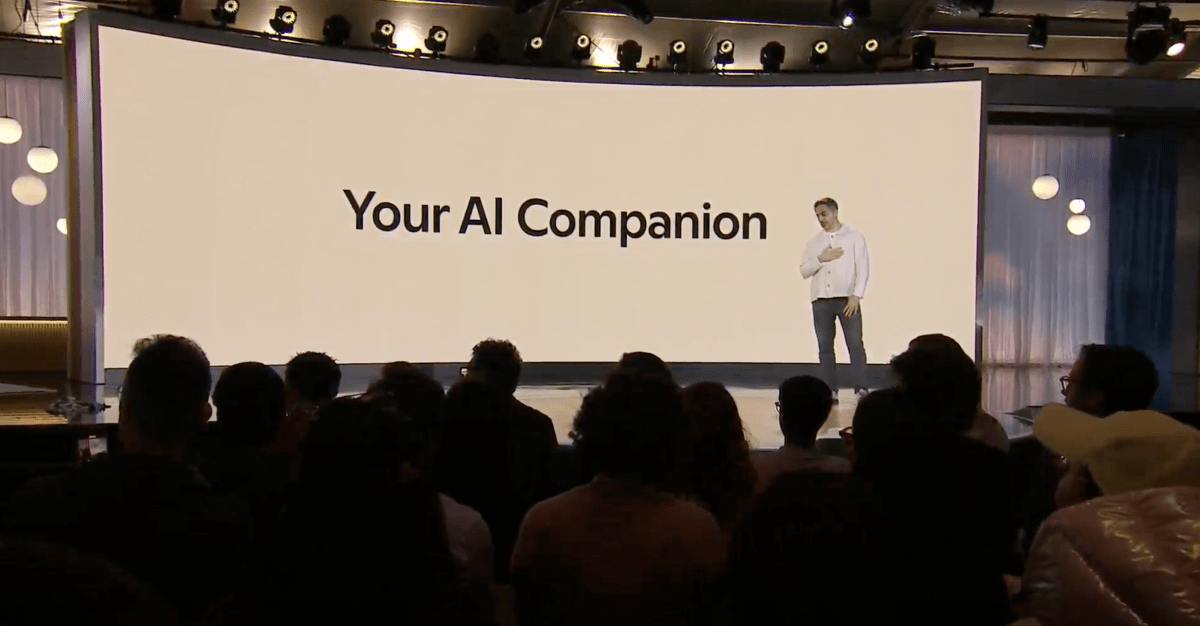
I was amazed by smart glasses that turn any video into a 3D experience.
The new Viture One, with its Immersive 3D feature, enhances the experience of watching movies and streaming videos, providing access to a wide collection of 3D content.
The experience of watching 3D movies and videos has become more engaging thanks to recent technological advances. Although the best models of smart glasses have 3D modes, their effectiveness is generally limited to content recorded in stereoscopic format, reducing the amount of available material. However, this has notably changed with Viture's new artificial intelligence advancement, which allows for the transformation of 2D movies into a real-time 3D experience without the need to download or process files beforehand.
3D movies that required anaglyph glasses with two colors were popular during the 1950s, but their impact compared to contemporary blockbusters is significantly lesser. While 3D televisions offered some hope in the 2010s, the lack of engaging content led to the failure of this format. To fully leverage the potential of 3D video, it is essential to have a tool that converts standard video into stereoscopic content that can be easily enjoyed with affordable devices.
Last year, the Viture One Pro was introduced—a lightweight, high-quality pair of smart glasses compatible with various devices, including iPhones and iPads. Initially, they featured a 3D mode that allowed users to view videos in stereoscopy. In 2025, Viture launched a new desktop application called Immersive 3D, which instantaneously adds depth to flat videos. This opened the door to enjoy virtually any movie in 3D using the Viture One series glasses. The first experience with streaming content was astonishing, achieving almost total immersion in the narrative of titles like The Last of Us.
The operation of this new feature requires disabling graphics acceleration in the browser settings. Although the field of view of the glasses is not as wide as models like the Meta Quest 3 or the Apple Vision Pro, the bright and vibrant colors, along with surround sound, ensure a compelling immersive experience. The search for exciting content led to the exploration of action videos and recordings in exotic locations; the perception of flying alongside an adventurer in a wingsuit intensified in 3D. Drone videos, such as those from DJI Avata, provided a spectacular perspective, showcasing autumn colors from above in an almost surreal experience.
The quality of Immersive 3D remained high on devices like a Windows PC and an older MacBook Air, as well as on the iPad Pro M3. However, some phones, like the iPhone 13, are not compatible, although the iPhone 15 and 16 should work correctly. To optimize its use, it is advisable to have an additional adapter that facilitates the transition between 2D and immersive modes.
If you own smart glasses from another brand, it is possible to enjoy 3D content, although it may require a bit more effort. Brands like Xreal One, Rokid Max, and RayNeo Air offer different levels of compatibility and depth quality, although finding suitable 3D content can be a challenge. The growing popularity of immersive videos following the launch of the Apple Vision Pro heralds a more promising future for 3D content, although developing a substantial collection may still take several years. In the meantime, the Viture One glasses offer instant gratification, adding depth to every video viewed.



